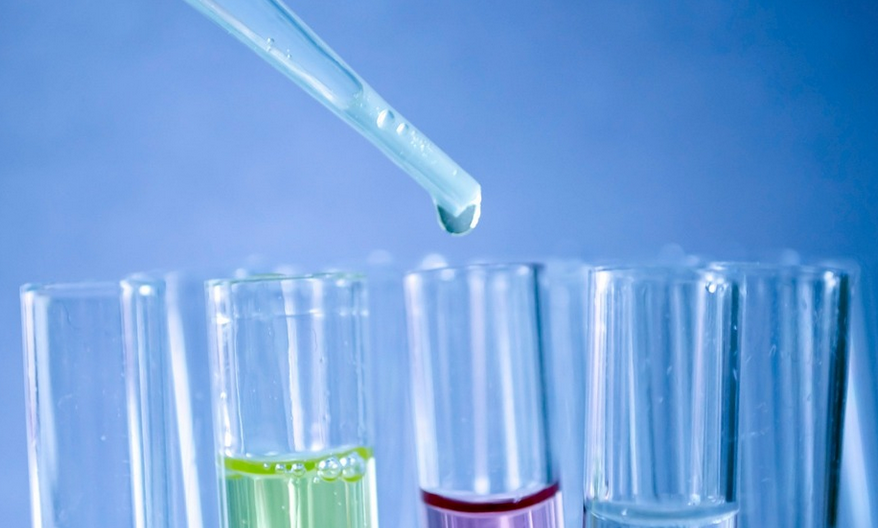As a chemical engineer, purging is an essential process that is used to remove unwanted gases or contaminants from a system. It involves the use of an inert gas, such as nitrogen or argon, to displace the air or other gases that are present in the system.
The Importance of Purging
Purging is necessary in chemical engineering for several reasons. Firstly, it helps to prevent explosions or fires that may occur due to the presence of flammable gases or materials in the system. Secondly, it ensures the purity of the product being produced by removing any unwanted gases or contaminants. Lastly, it helps to maintain the integrity of the system by preventing corrosion or other forms of damage that may be caused by the presence of unwanted gases.
The Purging Process
The purging process involves several steps. Firstly, the system is isolated from the rest of the environment, and all valves and connections are closed. Secondly, an inert gas is introduced into the system through a designated inlet point. The gas is then allowed to flow through the system, displacing any air or other gases that are present. This process is repeated until the desired level of purity is achieved.
The Types of Purging
There are two main types of purging in chemical engineering – displacement purging and dilution purging. Displacement purging involves completely removing the air or other gases from the system using an inert gas. Dilution purging involves reducing the concentration of a particular gas or contaminant by introducing an inert gas into the system.
The Benefits of Purging
The benefits of purging in chemical engineering are numerous. Firstly, it helps to ensure the safety of the system and the personnel working with it. Secondly, it helps to maintain the quality and purity of the product being produced. Lastly, it helps to prolong the lifespan of the system by preventing corrosion and other forms of damage that may be caused by the presence of unwanted gases or contaminants.
The Challenges of Purging
Despite its benefits, purging in chemical engineering can be challenging. Firstly, it can be time-consuming and expensive, especially when large systems are involved. Secondly, it requires careful planning and execution to ensure that the desired level of purity is achieved. Lastly, it may require the use of specialized equipment and expertise, which may not be readily available.
Conclusion
In conclusion, purging is an essential process in chemical engineering that helps to ensure the safety, quality, and integrity of the system and the product being produced. While it may be challenging, the benefits of purging outweigh the challenges, making it a necessary practice in the field of chemical engineering.

